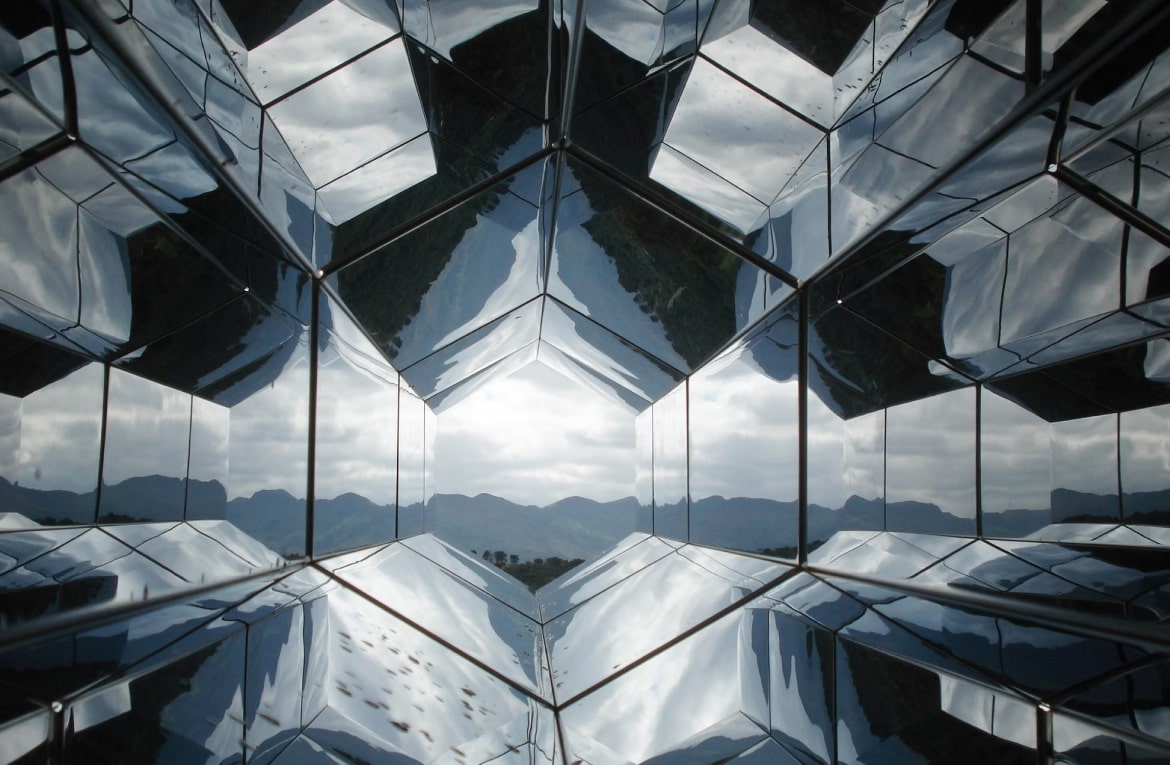Aging infrastructure, rapidly expanding populations, and climate change all present huge challenges to our current water systems. With much of the world experiencing and dealing with water scarcity, now is the time to think beyond the conventional water infrastructure and networks we’ve come to depend on.
Below, I take a look at the opportunities we have to reimagine and rethink our current water systems that can contribute to safeguarding the water resources of the future. These include:
- The reuse of water to reduce pressure on existing systems
- Future-proofing utilities’ revenue models
- Adjusting to hybrid infrastructure models
Reusing water to reduce the pressure on infrastructure systems
If you think about the majority of homes in developed countries, once you use water it leaves the home. However, there are many opportunities to reuse that water once or twice before it leaves the home.
Right now, high-quality water comes into homes, and yet is used for purposes that don’t require high-quality water. So, water reuse can reduce the pressure on our existing infrastructure system, and can also reduce the toll of water use on the environment.
While this isn’t a difficult thing to do, since it changes demand patterns, it disrupts the way our infrastructure systems work and the ways in which utilities function. It turns consumers into what I call “prosumers” since they are both producing and consuming water.
When we reuse water, the demand patterns in the water grid will change. What this ultimately means is that we require a better data collection and tracking system that can intelligently understand what comes in, what goes out, and how the pressure in our pipes and pumps needs to be managed.
Building future water systems now
If you think about the majority of homes in developed countries, once you use water it leaves the home. However, there are many opportunities to reuse that water once or twice before it leaves the home.
We are currently building brand-new cities which presents us with fantastic opportunities to redesign traditional cities and rethink the way we use water in these communities.
We can incorporate recycling and reuse at every scale and minimize demand by focusing on the inefficiencies that exist in a system. We can start to think about how centralized infrastructures can function without decentralized systems, and how the hybrid model we create between recycling and reuse and a centralized system can function in harmony without causing any problems.
Future-proofing utilities’ business models
Utilities today have a very specific business model: Securing supplies and providing water to consumers. And so, when it comes to water scarcity, reducing water use, and promoting water recycling at every scale — something that is beyond the whole centralized system — this breaks down their fundamental business model.
Since the traditional business model relies on demand for water, some of these utilities — even publicly owned utilities that aren’t necessarily in the business of making money — begin to experience problems as the reduction in revenue can impact their capacity to do their job.
Demand reduction, or decentralized water solutions, are not necessarily favorable to the current business model because in many ways it disrupts their revenue structure.
How utilities can adapt to be able to deal with future water challenges
With those challenges in mind, policymakers and decision-makers have to choose between two courses of action. One is to try to run and maintain current water systems for as long as they can and hope for the best.
The second is to gradually embrace change, and try to steadily adapt their business model to adjust to new hybrid infrastructure and revenue models that enable them to manage disruptive factors.
The most important tools that can help them transition without failure are digital technologies. These solutions enable utilities to understand how things are changing and answer questions related to the different patterns they’re experiencing and who’s producing what and when.
While these kinds of changes are easier said than done, there are multiple ways for utilities to approach this.
For example, utilities are designed to secure as many supplies as they can and create water abundance for the area they’re serving. However, there is a different path to this that involves trying to reduce the cost of investing in solutions that can potentially become stranded assets due to a lack of demand for the systems.
When utilities better understand what the demand is and how the demand is changing, they don’t need to invest in huge, centralized infrastructure — they can incentivize some of these distributed changes internally. By doing so, they can reduce the cost of infrastructure that they have by building smaller, distributed solutions across the board.
Another adaptation involves rethinking the way the water rates process is set up.
Another way of that is to rethink the way they have set up the rates process. The process is different for every utility, but many have a particular volumetric setup for the rates. One thing they could do is decouple their rates by taking the cost of operating and maintaining their systems to ensure that this fixed cost is always recovered. On top of that, they have volumetric rates, which is basically the amount of water people use.
This means that no matter how much water you’re using, you have to pay for the fixed costs, as well as the amount of water you’re using, too. By separating the fixed costs and variable costs, utilities can fulfill them by making sure there’s enough revenue to operate and maintain the system in a healthy way. Finally, they can also manage consumption separately, which means that as you use more water you pay more, and as you use less water you pay less.
Qatium experts
Newsha Ajami is one of the experts we are working with to co-create Qatium. Check out her profile — and other experts we work with — here.









